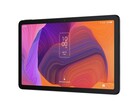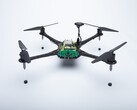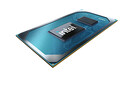Verizon and Nissan have conducted a study in the US that shows how edge computing and C-V2X (Cellular Vehicle-to-Everything) can help drivers to avoid vehicular accidents. Sensors were implemented on vehicles and public infrastructure and the data collected was subsequently stored and analysed via Verizon's 5G Edge. Possible safety notifications or autonomous driving reactions can be transmitted to the driver or vehicle based on the feedback of the processed data almost instantaneously.
The SVP of Industrial IoT and Automotive at Verizon Business asserted that C-V2X is the relationship between vehicles and their environment and this concept is a crucial and future-changing revolution in autonomous driving.
This trial is an example of the potential benefits offered by 5G networking due to its high performance and low latencies. However, these tests are in the preliminary stages and thus, further real-world experimentation should be carried out to confirm the safety of this autonomous driving concept.
Consequently, the Contra Costa Transportation Authority (CCTA) will oversee the experimentation of Verizon and Nissan's project in a controlled public environment and evaluate whether the project is fit for deployment. The tests comprise of multiple vehicle and framework scenarios to determine possible safety concerns regarding visual obstructions. The technology will alert drivers to detected vehicles or pedestrians appearing from visual barriers.
The Executive Director of CCTA stated that the organisation's partnership with Verizon and Nissan can aid underprivileged communities and propel innovation.













